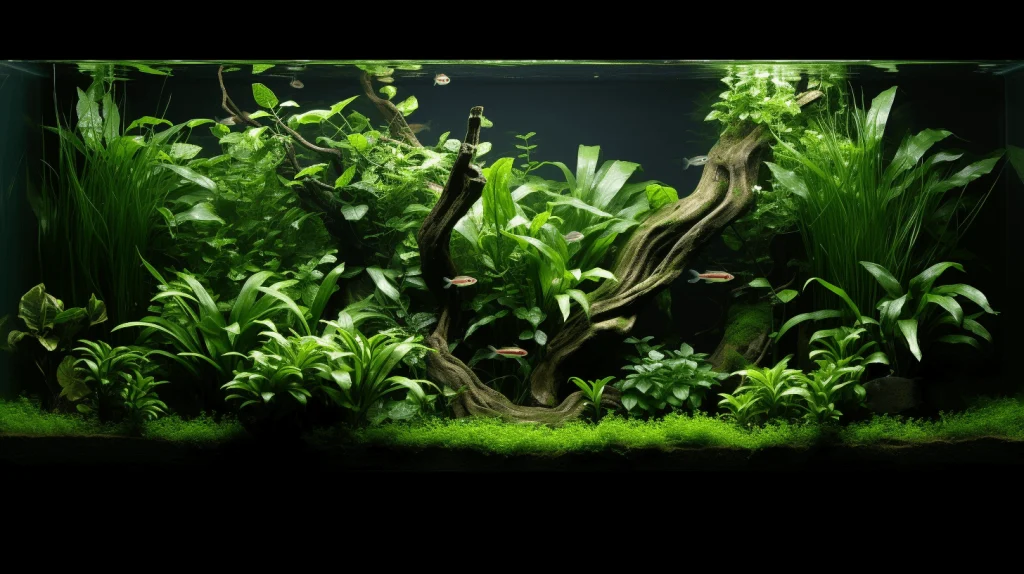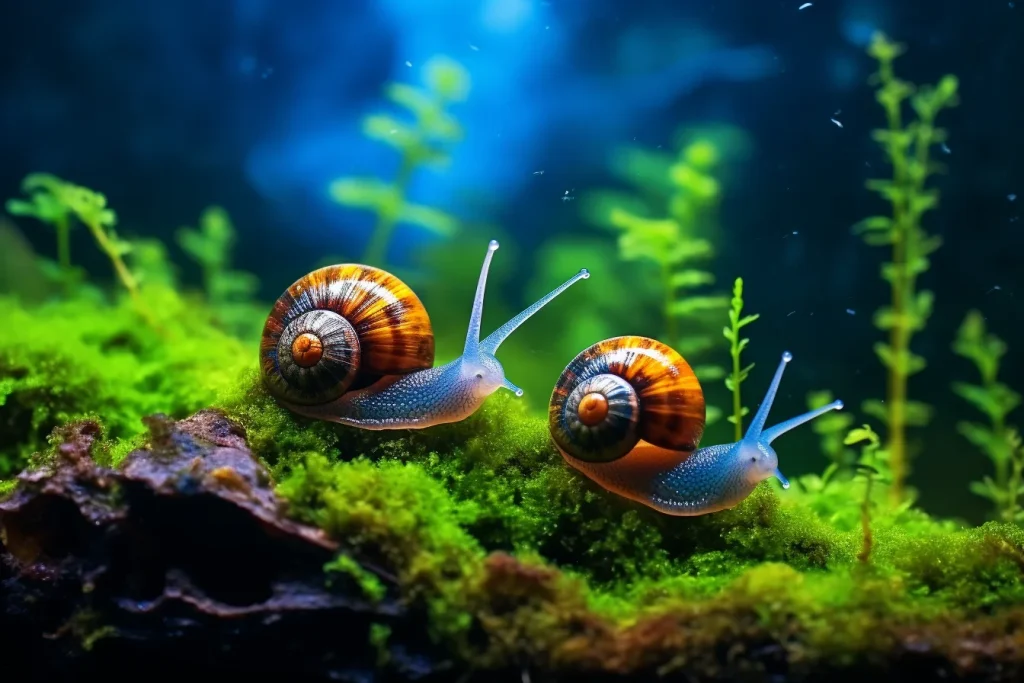Keeping live aquarium plants comes with challenges – ensuring adequate lighting, fertilization, trimming, and managing algae. This has many aquarium hobbyists considering low-maintenance artificial plants. But are plastic plants good or bad for your fish tank? We weighed the pros and cons to help you decide.
Artificial Aquarium Plants: The Advantages
Artificial aquarium plants offer aesthetically pleasing greenery without demanding care requirements. Here are the reasons plastic plants can be useful additions to freshwater and saltwater tanks:
– Require No Special Lighting or Nutrients
Artificial plants retain their color and appearance without specialized aquarium plant lights or fertilizers that live plants depend on. This saves time, effort, and electricity costs.
– Don’t Trigger Messy Algae Outbreaks
Unlike live plants, fake decor doesn’t contribute nutrients that allow algae to thrive. Artificial plants help create a lush look without the clean-up.
– Maintain Their Size and Shape Indefinitely
You’ll never need to trim or shape plastic plants. These decorations retain their original dimensions and formal shapes long-term without becoming unruly.
– Can Be Thoroughly Disinfected
Should pathogens arise, artificial plants can be removed and rigorously disinfected in ways delicate live plants cannot withstand.
Potential Downsides of Plastic Aquarium Plants
However, artificials have some distinct disadvantages compared to live aquarium plants:
– Don’t Absorb Toxic Nitrates from the Water
Live plants remove nitrates, improving water quality. Artificial botanicals don’t impact the nitrogen cycle or absorb dissolved organics.
– Don’t Release Oxygen or Remove Carbon Dioxide
Photosynthesizing live plants generate oxygen for respiration and help prevent CO2 buildup. Plastic plants are chemically inert.
– Offer No Supplementary Food Source
Some fish and invertebrates will nibble on live plants. Artificial plants only provide shelter, not alternate nutrition.
Artificial Plant Considerations for Aquariums
If including artificial aquarium plants, carefully consider:
– Realism
Better quality silk plants closely resemble live freshwater and saltwater vegetation in color and texture. Cheap plastic looks obviously fake visually.
– Design Compatibility
Plants should complement the hardscapes and other décor while giving fish sufficient swimming room.
– Materials
Inspect manufacturing quality and materials. Some plastics or dyes may leach chemicals over time. Also check for rough edges.
– Cleaning Needs
Over time gunk builds up. Ensure plants can be removed and scrubbed clean without damage.
Getting the Best of Both Worlds
Consult aquascapers for guidance, but most recommend a blended approach. Strategically use artificial plants to accent and fill in around live specimens and hardscapes. This provides depth, contrast, and visual interest while still incorporating functional live botanicals.
The right balance of plastic and live plants combines aesthetic beauty with water quality benefits your fish community thrives in. With a bit of planning both can coexist beautifully. Let us know your experiences in the comments!



